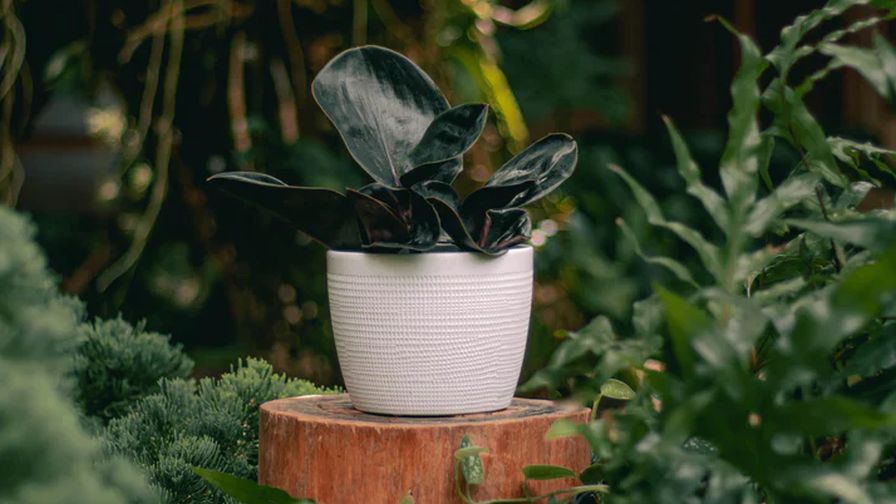Biocontrols for Greenhouse Production: Pay Attention to These 5 Take-Away Messages

Effective use of biocontrols in the greenhouse takes discipline and patience.
The technology and applications for biocontrol agents are quickly evolving, and the need for solid, updated information is critical to the continued success of integrated pest management programs. The Biocontrols USA 2020 Conference and Expo, held March 4-6 in Portland, OR, featured a range of presenters well-versed in the latest information for use of biocontrols and biostimulants in specialty crops.
This recap of five take-away messages is compiled from expert advice given by the following presenters during the greenhouse production sessions at the conference:
- John Sanderson, Professor of Entomology, Cornell University (Suzanne Wainwright-Evans, Owner of Buglady Consulting, presented Dr. Sanderson’s slides because he couldn’t make the conference due to travel complications)
- Jen Browning, Technical Service West, BASF
- Caroline Reid, Senior Technical Support Lead – North Europe, Bioline AgroScience
1. Integrated Pest Management (IPM) doesn’t mean you don’t spray; it means you use every piece of equipment in your toolbox.
The long-term goal of your IPM program is to prevent resistance. Biocontrol must always be used preventatively. Your mindset should be to rely on beneficials for control, with pesticides as an occasional backup, if needed. Great tools will take you part of the way – the rest will be solid IPM and stewardship.
2. Pesticide compatibility is the No. 1 killer of biocontrol programs.
Not all biological control agents (BCA) and pesticides are compatible. Some products are more harmful to BCAs than others. It is important to look at their mode of action to determine where you should spray, and remember that some chemicals have more than one action. If the mode of action is through contact, for example, spray so that no contact with BCAs is realized. A systemic mode of action is generally less toxic but not to species that eat from the plant (e.g., Orius/Macrolophus). When the mode of action is translaminar (absorption to one side of a leaf surface), spray on top of plant leaves if BCAs are on the underside. Only species that feed on the plant will be affected if the mode of action is ingestion.
3. Sanitation is the unsung hero of every successful insect management program.
Focus heavily on sanitation. When difficulties arise with an IPM program, it is often because sanitation has fallen by the wayside. Improper sanitation sets programs up for failure by providing places for insects to hide, feed, and reproduce. Unmanaged areas also harbor weeds and diseases.
4. Sachet placement is critical for success.
Place your sachets close to the plants in the plant canopy. Sachets need humidity from the plants to make the mites work. Do not place sachets where they hang outside of the container, and position the bottoms of sachets just above the soil surface. Place hanging sachets inside the canopy. If they are on stakes, position them beneath the canopy. If shade is not possible for your sachets, consider broadcast or sprinkle releases.
5. Biocontrols are not fast acting — plan ahead.
Biocontrols almost always must be used preventatively. They rarely can control an already serious infestation but are more likely used to keep low level pests from increasing. Beneficial insects are not as fast acting as traditional chemicals. Proactive planning before pest populations are out of control is a must.









